
How to Maximize Efficiency in Your Dump Truck Hydraulic Hoist Operations
In the construction and transportation industries, maximizing efficiency in Dump Truck Hydraulic Hoist operations is crucial for enhancing productivity and reducing operational costs. As the demand for swift and reliable material handling continues to rise, understanding the best practices for utilizing hydraulic hoists can significantly streamline processes. This comprehensive guide will delve into key strategies and innovative approaches that can help operators improve their workflow while ensuring safety and effectiveness.
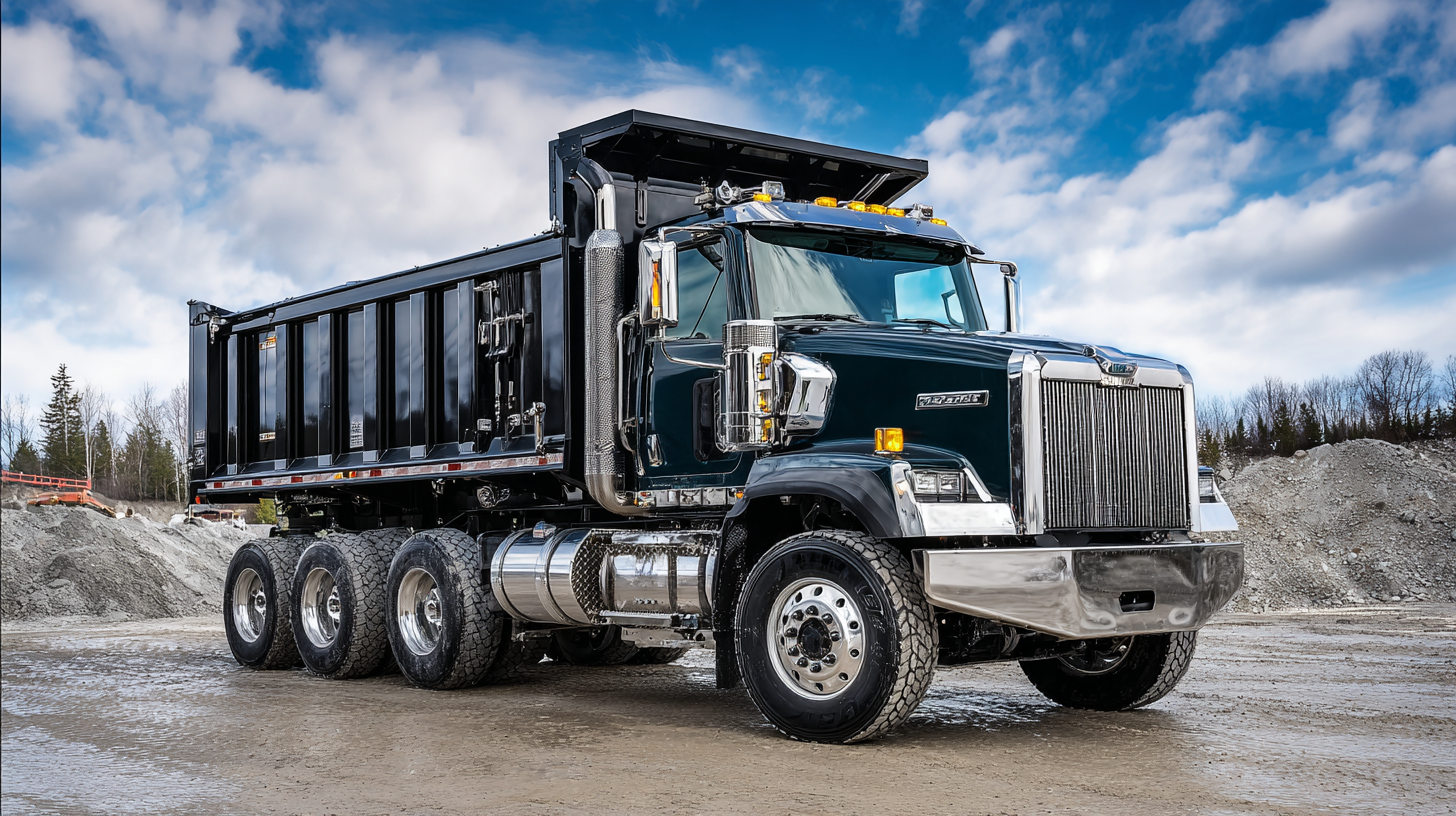
By focusing on optimal maintenance routines, advanced hydraulic system techniques, and operator training, businesses can harness the full potential of Dump Truck Hydraulic Hoist systems. Discover how implementing these “best practices” can lead to remarkable improvements in efficiency, enabling companies to meet project deadlines and maintain a competitive edge in the market.
Best Practices for Maintaining Your Dump Truck Hydraulic Hoist System
Maintaining your dump truck hydraulic hoist system is crucial for maximizing efficiency and ensuring safety in operations. According to industry studies, proper maintenance can reduce repair costs by up to 30% and significantly minimize downtime. Regular inspection of hydraulic components, including hoses and fittings, is essential to prevent leaks and failures that can lead to accidents. Implementing a robust vehicle lockout/tagout process is an effective way to safeguard operators during maintenance, ensuring compliance with OSHA regulations. This prevents unauthorized access and reduces the risk of accidental machine activation, which can lead to serious injuries.
**Tip:** Establish a routine maintenance schedule that includes daily checks of hydraulic fluid levels and a monthly review of the entire hydraulic system. Additionally, always document maintenance activities to track performance and identify trends that might indicate the need for further attention.
To enhance safety and efficiency, operators should be trained comprehensively on the hydraulic hoist system's functions and the proper lockout/tagout procedures. Research shows that organizations with a rigorous training program witness a 50% reduction in workplace incidents.
**Tip:** Review and update your training programs regularly to include the latest safety regulations and technologies, ensuring all team members are well-informed and prepared for any situation related to hydraulic hoist operations.
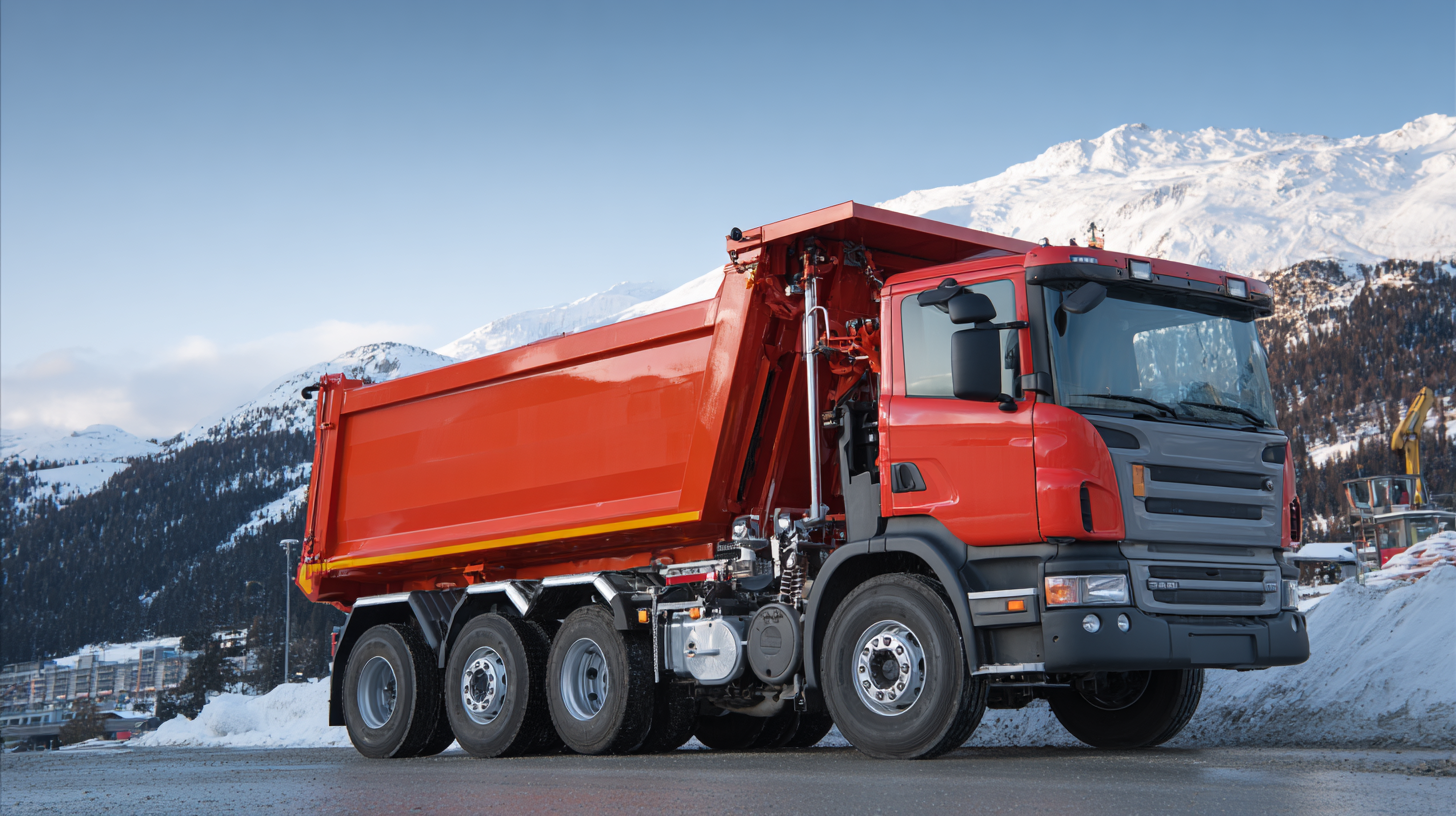
Essential Safety Checks Before Operating Hydraulic Hoists
Before operating hydraulic hoists in dump truck operations, conducting essential safety checks is crucial to ensure both efficiency and safety. Start by inspecting the hydraulic fluid levels; low fluid can lead to inadequate lifting power. Additionally, check for leaks in hoses and fittings, as these can compromise the hoist's performance and pose safety risks. Ensuring that all connections are secure and free from wear will help maintain the integrity of your hydraulic system.
Tips: Regular maintenance schedules can help identify potential issues early. Make it a routine to examine the lifting mechanism for any signs of corrosion or damage. Look at the hoist's control system to confirm that it operates smoothly without any irregularities. Anomalies in operation should be addressed immediately to prevent accidents during dumping.
Moreover, assess the area where the hoist will be used. Ensure that the ground is level and sturdy enough to support the dump truck's weight during operation. It’s also advisable to keep the work environment free of obstructions and people, as this will minimize risks during hoisting activities. Always be vigilant about your surroundings and maintain open communication with your team to enhance overall safety during operations.
Techniques to Optimize Load Distribution for Better Efficiency
Maximizing efficiency in dump truck hydraulic hoist operations largely hinges on optimizing load distribution. Even minor adjustments in how loads are spread across the truck can significantly influence stability and performance. Techniques such as using advanced algorithms to analyze weight distribution dynamically can promote better handling and reduced wear on truck components. By integrating IoT technologies, operators can monitor real-time data, ensuring loads are balanced and within optimal ranges, ultimately leading to a reduction in operational costs and improvements in safety.
Moreover, the application of metaheuristic optimization methods can be beneficial for refining load management strategies. These methods allow operators to create models that predict the best load configurations based on various parameters such as terrain, load type, and truck characteristics. By employing these strategies, dump truck operations can achieve a higher degree of efficiency, reducing energy consumption and enhancing productivity. Such innovative approaches not only improve immediate operational metrics but also facilitate long-term sustainability in the industry.
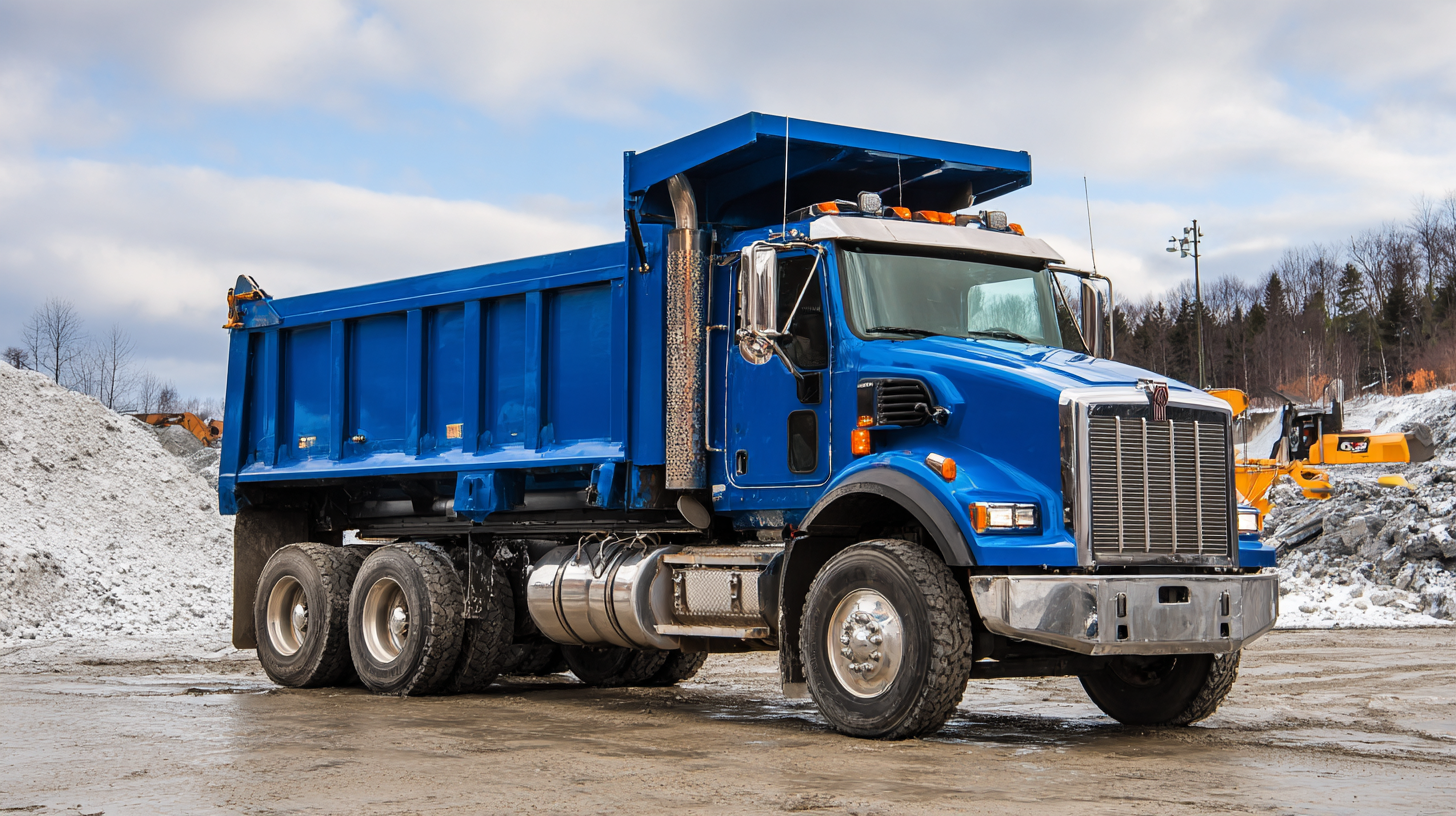
Upgrading Your Hydraulic System: Key Features to Consider
When upgrading your dump truck's hydraulic system, there are several key features to consider that will enhance operational efficiency. First, consider the pump type; a variable displacement pump can provide better control and efficiency, allowing for precise lifting and lowering of loads. This adaptability ensures that the hydraulic system can handle various tasks, from heavy construction materials to lighter demolition debris, without compromising performance.
Another critical feature is the hydraulic fluid used. Opting for high-quality synthetic fluids can reduce wear and tear on components and improve temperature stability, which is vital for maintaining performance during extensive operations. Additionally, integrating automated controls can significantly reduce operator workload and increase safety by minimizing the risk of human error. Smart systems can adjust pressure and flow in real time, optimizing the lifting process based on load conditions. By focusing on these essential features when upgrading your hydraulic system, you can maximize the efficiency and productivity of your dump truck operations.
How to Maximize Efficiency in Your Dump Truck Hydraulic Hoist Operations
| Feature | Description | Benefits |
|---|---|---|
| Cylinder Size | Larger cylinders provide more lifting power. | Increased payload capacity and quicker lifting times. |
| Pump Type | Variable displacement pumps adjust flow based on demand. | Improved fuel efficiency and reduced wear on components. |
| Control System | Electronic controls allow for precise movement. | Enhanced accuracy and safety during operation. |
| Fluid Type | High-performance hydraulic fluids reduce friction and heat. | Longer system life and reduced maintenance costs. |
| Maintenance Schedule | Regular checks and servicing for optimal performance. | Minimized downtime and maximized efficiency. |
Training Your Team: Maximizing Productivity and Safety in Hoist Operations
In the world of dump truck operations, the efficiency of hydraulic hoist systems significantly depends on the skills and awareness of the operators. According to a report by the Occupational Safety and Health Administration (OSHA), improper operation of hoists accounts for over 30% of hydraulic-related incidents on job sites. Thus, prioritizing training is essential to enhance both productivity and safety. A well-structured training program can help workers understand the intricacies of hydraulic systems, the importance of load limits, and the protocols for safe operation.
Moreover, continuous education plays a vital role in keeping team members updated with the latest safety standards and industry best practices. The National Commission for the Certification of Crane Operators (NCCCO) emphasizes that companies that invest in comprehensive training programs see a drop in accident rates by up to 25%. By fostering an environment where safety and efficiency are paramount, companies not only comply with regulations but also improve their operational performance and team morale. Implementing regular safety drills and performance reviews can further contribute to a culture of safety, resulting in increased overall productivity.
Maximizing Efficiency in Dump Truck Hydraulic Hoist Operations
Related Posts
-

Maximizing Efficiency: The Advantages of Upgrading Your Hydraulic Oil Cylinder Systems
-

Ultimate Guide to Mastering Telescopic Cylinders Underbody for Enhanced Performance
-

7 Essential Tips to Maximize Efficiency with Hydraulic Oil Cylinders: Improve Performance by 30%!
-
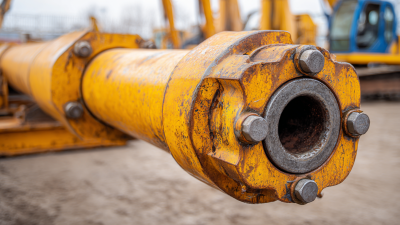
Ultimate Guide to Choosing the Right Hydraulic Cylinder for Excavators with Key Specs and Tips
-
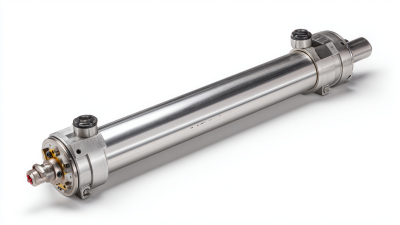
5 Best Features of Telescopic Cylinder You Must Know
-

7 Best Practices for Using Dump Truck Hydraulic Hoist Effectively
